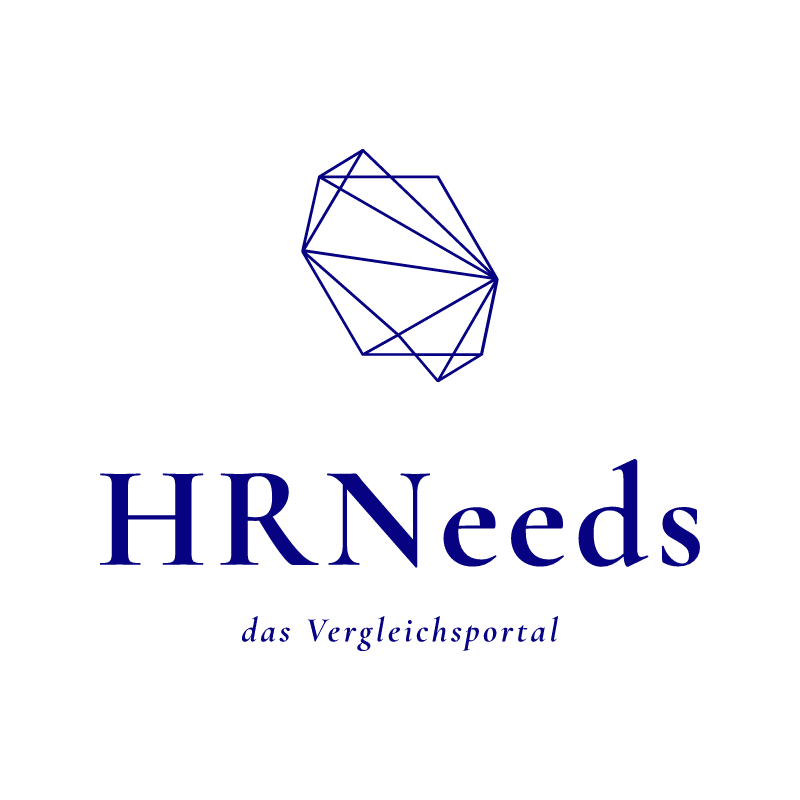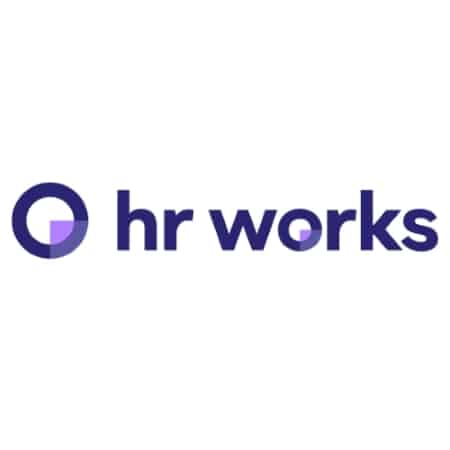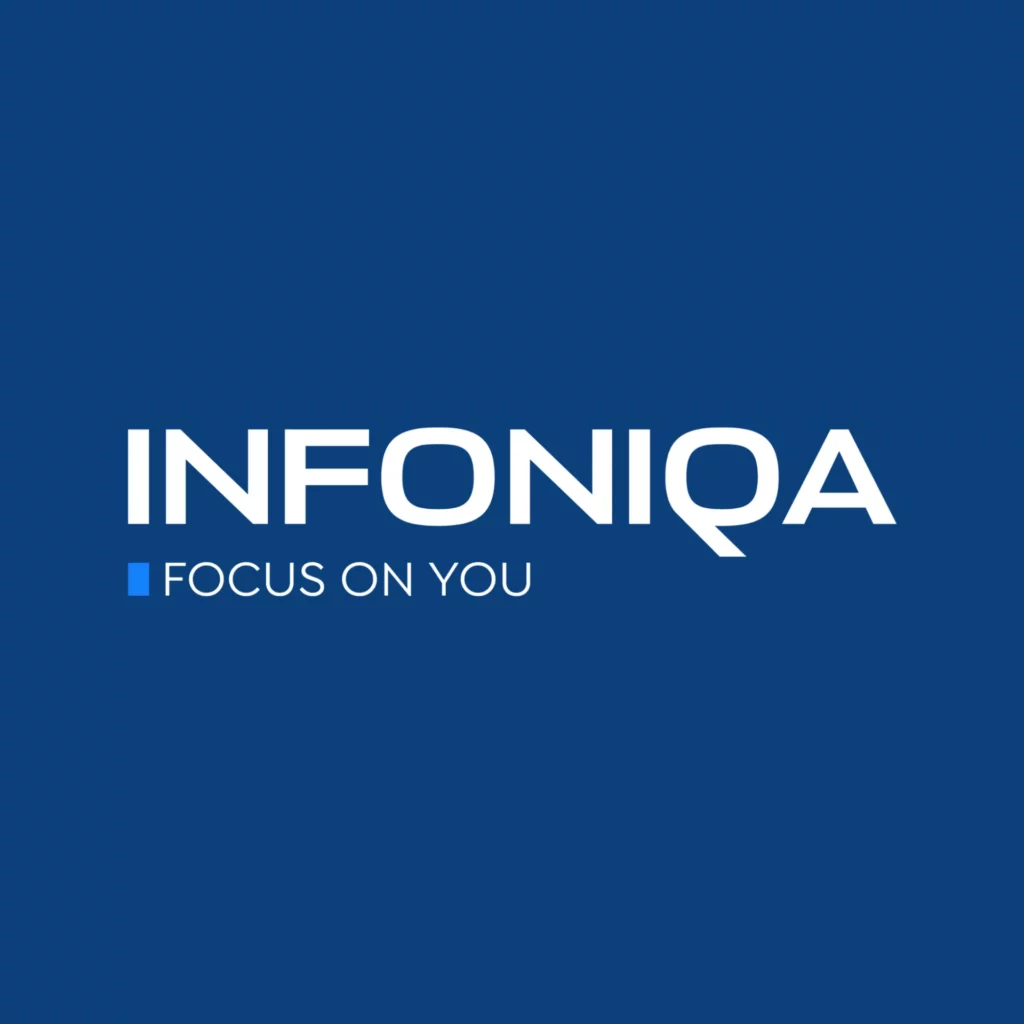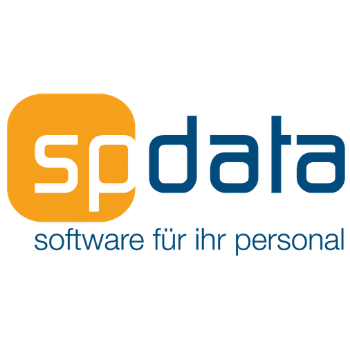Payroll Software compared!
Perfect payroll processing, perfect satisfaction – with a customized software solution
Payroll software
Reliable and modern payroll software is the key to smooth and error-free payroll accounting in your company. Digital solutions automate complex processes, minimize administrative effort and ensure maximum transparency and compliance. At the same time, they increase employee satisfaction through clear and punctual payroll accounting.
Find out more ↓HERE.
Compare for free & without obligation
to the right software solution from the expert
Software for payroll accounting: Compare software
Payroll accounting is a complex and extremely sensitive topic. After all, it involves the correct and punctual transfer of salaries and wages to employees and the associated contributions to the relevant authorities. In addition, highly sensitive employee data is processed. Data security, unrestricted availability and data protection are therefore basic requirements that must be met and guaranteed.
Trend: While companies used to insist that all payroll data be stored on their own computers, the trend for some time now has been to outsource payroll accounting completely.
With the increasing digitalization and automation of business processes, more and more companies are also looking for a suitable software solution for their payroll accounting; keyword: digital payroll accounting.
What is payroll accounting about?
Employees generally receive their salary once a month. In the payslip, the individual items, the earnings, are broken down for them in text form by the employer: Gross salary, salary components, taxes and deductions, social security contributions, etc. – and finally the net salary. The payslip must also contain details identifying the employer and the employee.
It is important to know this: Salary is not the same as a wage. It is true that wages are also remuneration based on an employment relationship. However, wages are not – and this is the main difference to salaries – paid as a fixed sum, for example the Monday salary, but only for the hours actually worked. This is why there is a payroll accounting system that corresponds to payroll accounting.
What is important for payroll accounting?
Payroll accounting must be prepared by the employer. This is regulated in the Industrial Code, § 108 Payroll accounting. It states, among other things: “The employee shall be issued with a statement in text form upon payment of remuneration.”
It must also contain at least
- Information on the payroll period and
- composition of the pay.
The law also states: “With regard to the composition, information is required in particular on the type and amount of bonuses, allowances, other remuneration, type and amount of deductions, payments on account and advances.”
What can software do in the area of payroll accounting?
Payroll accounting is subject to a whole range of legal regulations, which are constantly being updated. With payroll software, you are always up to date – especially when it comes to legal certainty.
- The subject of interfaces: If the payroll program has the appropriate interfaces, the relevant data can be transferred from the software to the tax authorities and social insurance companies. This saves time and reduces errors, as a plausibility check is usually integrated into the relevant programs.
- Inter-modular compatibility: Links with other HR software modules also make sense: with time recording and workforce scheduling, for example.
- Company-specific features: Last but not least, the software should also include and map collective bargaining regulations and special payroll types such as short-time working or the various options for company pension schemes.
What functions and tools does payroll software offer?
Payroll software offers many functions and tools that make payroll accounting easier and more efficient. These include the automated calculation of wages and salaries, the management of working hours and vacation days and the creation of monthly or annual payslips.
In addition, payroll software can also be used to automatically calculate deductions for taxes, social security contributions and other levies. The creation of wage tax certificates and other official documents is also facilitated by such software.
Another important aspect is the possibility of integration with other systems, such as accounting software or human resource management systems. This enables seamless and efficient management of personnel and financial data.
In summary, payroll software offers many features and tools that can simplify and automate the management of payroll. This saves time and resources and provides greater accuracy and efficiency in the management of HR and financial data. It is therefore worth comparing different software options and choosing the one that best suits a company’s specific needs and requirements. With the right software, companies can save time and money while ensuring that their payroll is run correctly and efficiently.
Decisive questions when choosing the right payroll software
If you are looking for payroll software or payroll accounting software, you should answer a few questions in advance:
- Am I looking for a payroll solution that also covers all the needs of my HR department?
- Or: Am I “only” looking for the optimal software solution for payroll accounting?
You already have payroll software: How can this solution be linked with other HR software solutions so that I have a perfectly running overall system despite different software providers? - Where should my data be stored?
- Do I want to store the data in-house?
- Should the data be stored in an in-house or external data center?
- Do I want the data to be stored with the software provider?
Important: If the data is located outside the EU, which is not bound by the GDPR, legal challenges may arise.
- Who prepares the payslip/payroll?
- The payroll is created and sent by your own HR department.
- The part-part solution: The payroll is created up to a certain point by your own HR department, but then finalized and sent by the software provider.
- I would like to completely outsource the topic of payroll / payroll accounting and the software company should be responsible for creating and sending it.
How HRNeeds can support the introduction of digital payroll accounting
HRNeeds naturally supports you in finding the right payroll software: With the help of our Analysis-Tool and the subsequent free consultation, we identify your exact requirements. We also simulate the various solutions for you. This enables us to provide you with a list of the HR software solutions that are right for you. Free of charge and without obligation!
The advantages of a digital payroll system summarized:
- Legally compliant and correct payroll accounting
- Time saving
- Automated creation of payroll accounting / payroll accounting
- Automated transmission of important notifications to health insurance companies and tax offices
- Interfaces to other HR modules such as time recording, HR management and ERP systems
- Reporting functions




